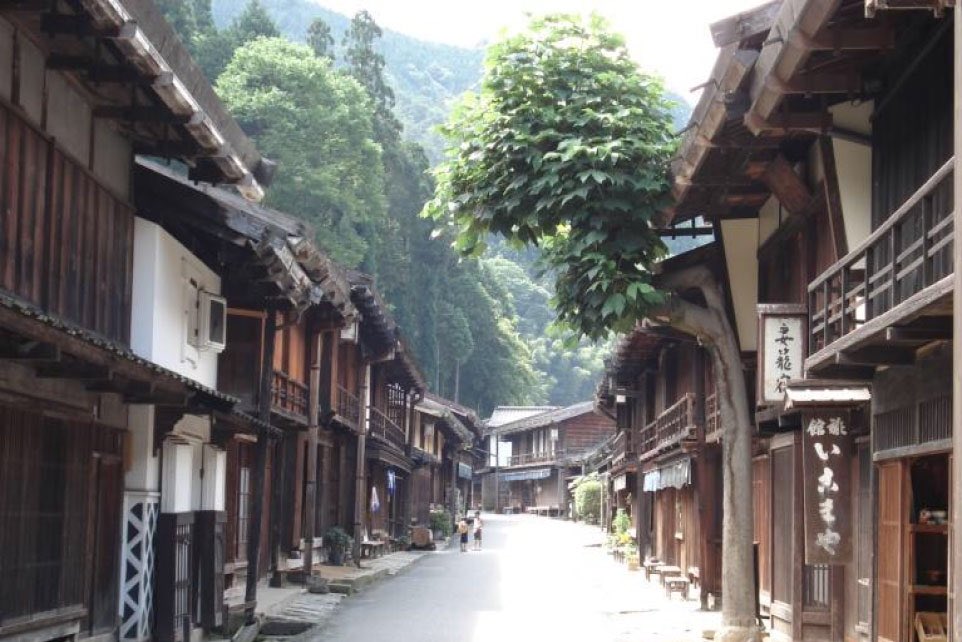Not many people supply hazel spars these days. You need thousands of these to thatch a traditional English long straw roof (long straw is a by-product of trad. wheat farming). Hazel is harvested every 7 years and is completely sustainable and organic. The Osgoods make good spars.
https://twitter.com/shirleyosgood2/status/1285548569945137153
The only thatched roof in London, Shakespeare's New Globe Theatre used 10,000 hazel spars. Visible in the photo are liggers, used to hold the vital ridge down. Also very decorative. 

The Osgood's stack of spars are fresh produce. Before they can be used they need to be twisted, which for the uninitiated is extremely difficult. Most people just can't do it. When spars grow older they grow harder and becomes even harder to twist. You can ask for twisted spars. 

Anyone who is normally handy can give thatching a shot. There's decent manuals, good fun, great exercise and if you fail all you have lost is time and the money for the materials. Start tiny with a chicken coop, dovecote, doghouse before moving on to bigger projects like garages. 







• • •
Missing some Tweet in this thread? You can try to
force a refresh










































